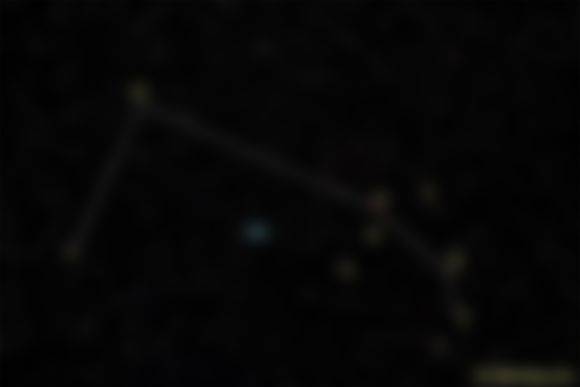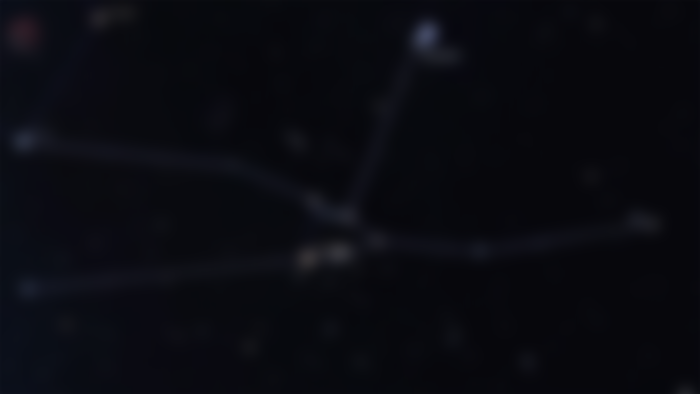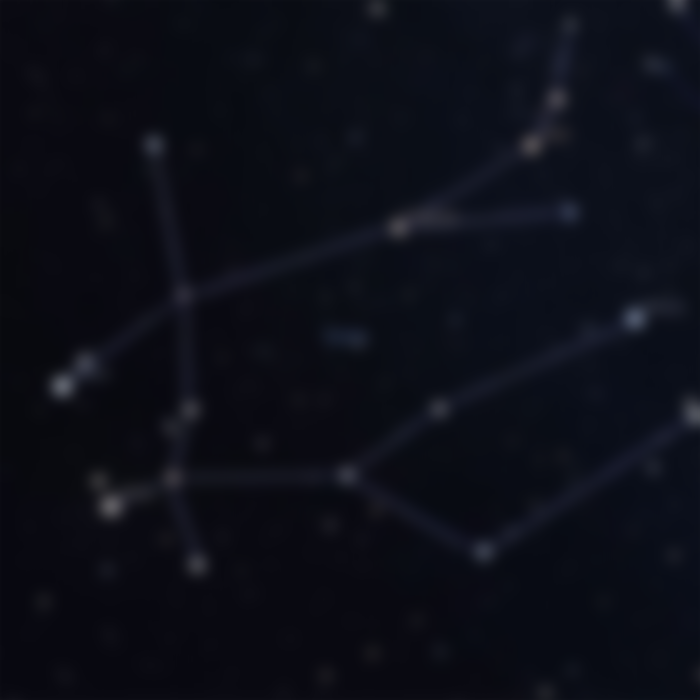
Zodiac groups of stars are heavenly bodies that lie along the plane of the ecliptic. The ecliptic, or the evident way of the Sun, is characterized by the roundabout way of the Sun over the sky, as observed from Earth. As such, the Sun seems to ignore these star groupings a year.
The section of the Sun through the zodiac is a cycle that was utilized by antiquated societies to decide the season. The majority of the planets in the close planetary system have circles that take them close to the ecliptic plane, around 8 degrees above or beneath.
There are 12 constellations in the zodiac family. They can all be seen along the ecliptic.
1.Aries

Aries, (Latin: "Slam") in stargazing, a zodiacal heavenly body in the northern sky lying among Pisces and Taurus, at around 3 hours right rising and 20° north declination. Aries contains no brilliant stars, the most splendid star, Hamal (Arabic for "sheep"), has an extent of 2.0. The principal purpose of Aries, or vernal equinox, is a convergence of the divine equator with the obvious yearly pathway of the Sun and the point in the sky from which heavenly longitude and right climb are estimated. The vernal equinox no longer lies in Aries except for has been moved into Pisces by the precession of the equinoxes. In soothsaying, Aries is the main indication of the zodiac, considered as administering the period from about March 21 to about April 19. Its portrayal as a slam is related to the Egyptian god Amon and, in Greek folklore, with the smash with the brilliant downy, on the rear of which Phrixus, the child of King Athamas, securely fled Thessaly to Colchis, where he relinquished the smash to Zeus, who put it in the sky as the heavenly body. The slams brilliant downy was recuperated by Jason, head of the Argonauts..
2.Taurus

Taurus, (Latin: "Bull") in stargazing, zodiacal heavenly body lying in the northern sky among Aries and Gemini, at around 4 hours 20 minutes right climb and 16° north declination. The heavenly body's most splendid star, Aldebaran (Arabic for "the supporter"; likewise called Alpha Tauri), is the fourteenth most splendid star in the sky, with an extent of 0.85. The heavenly body additionally contains the Crab Nebula (M1) and the Pleiades and Hyades star groups. In soothsaying, Taurus is the second indication of the zodiac, considered as administering that part of the year from about April 20 to about May 20. Its portrayal as a bull is identified with the Greek legend of Zeus, who accepted the type of a bull to steal Europa.
3.Gemini

Gemini, (Latin: "Twins") in stargazing, zodiacal heavenly body lying in the northern sky among Cancer and Taurus, at around 7 hours right rising and 22° north declination. Its most splendid stars are Castor and Pollux (Alpha and Beta Geminorum); Pollux is the more brilliant of the two, with a size of 1.15, and is the seventeenth most brilliant star in the sky. The mid-year solstice, the northernmost point came to by the Sun in its yearly evident excursion among the stars, lies in Gemini. This star grouping likewise contains the detached pulsar Geminga. In crystal gazing, Gemini is the third indication of the zodiac, considered as administering the period from about May 21 to about June 21. It is spoken to by a bunch of twins (or in Egyptian soothsaying by a couple of goats and Arabian crystal gazing by a couple of peacocks). Notwithstanding their recognizable proof as Castor and Pollux, the twins have additionally been identified with other praised sets, for example, the more youthful and more seasoned Horus or Romulus and Remus.
4.Cancer

Cancer, (Latin: "Crab") in stargazing, zodiacal heavenly body lying in the northern sky among Leo and Gemini, at around 8 hours 25 minutes right climb and 20° north declination. It contains the notable star bunch called Praesepe, or the Beehive. Its most splendid star, Al Tarf (Arabic for "the end" (of one of the crab's legs"), additionally called Beta Cancri, is very faint, with an extent of 3.6. In crystal gazing, Cancer is the fourth indication of the zodiac, considered as overseeing the period from about June 22 to about July 22. Its portrayal as a crab (or lobster or crawfish) is identified with the crab in Greek folklore that squeezed Heracles while he was battling the Lernaean hydra. Squashed by Heracles, the crab was remunerated by Heracles' foe, Hera, by being put in the sky.
5.Leo

Leo, (Latin: "Lion") in cosmology, zodiacal heavenly body lying in the northern sky among Cancer and Virgo, at around 10 hours 30 minutes right climb and 15° north declination. Regulus (Latin for "small ruler"; additionally called Alpha Leonis), the most splendid star, is of size 1.35. The November meteor shower called the Leonids has its brilliant, or purpose of obvious source, in Leo. A significant number of the stars in Leo structure an asterism called the Sickle. In soothsaying, Leo is the fifth indication of the zodiac, considered as overseeing the period from about July 23 to about August 22. Its portrayal as a lion is generally connected with the Nemean lion killed by Heracles (Hercules).
6.Virgo

Virgo, (Latin: "Virgin") in cosmology, zodiacal heavenly body lying in the southern sky among Leo and Libra, at around 13 hours right rising and 2° south declination. The heavenly body's most brilliant star, Spica (Latin for "head of grain," likewise called Alpha Virginis), is the fifteenth most splendid star in the sky, with a size of 1.04. Virgo contains the closest enormous group of worlds, the Virgo bunch, in which is found the monster circular universe Virgo An and PSR 1257+12, the pulsar around which the first extrasolar planets were found in 1992. In crystal gazing, Virgo is the 6th indication of the zodiac, considered as overseeing the period from about August 23 to about September 22. It is spoken to as a youthful lady conveying a pile of wheat. She is differently recognized as a richness goddess (the Babylonian and Assyrian Ishtar, among others) or the gather lady (the Greek Persephone and others).
7.Libra

Libra, (Latin: "Equilibrium") in space science, zodiacal star grouping in the southern sky lying among Scorpius and Virgo, at around 15 hours 30 minutes right climb and 15° south declination. Its stars are weak; the most splendid star, Zubeneschamali (Arabic for "northern hook," as it was prior viewed as a feature of Scorpius; likewise called Beta Librae), has a size of 2.6. In crystal gazing, Libra is the seventh indication of the zodiac, considered as administering the period from about September 22 to about October 23. It is spoken to by a lady (at times related to Astraea, the Roman goddess of equity), holding an equilibrium scale or by the equilibrium alone.
8.Scorpius

Scorpius, (Latin: "Scorpion") in space science, zodiacal star grouping lying in the southern sky among Libra and Sagittarius, at around 16 hours 30 minutes right climb and 30° south declination. Its most brilliant star, Antares (Alpha Scorpii), the fifteenth most splendid star in the sky, has a size of 1.1. Its name comes from the Greek for "adversary of Ares" (i.e., an opponent of the planet Mars) and was likely given as a result of the star's red tone and brilliance. The most brilliant X-beam source in the sky, Scorpius X-1, is found in this star grouping. In soothsaying, Scorpius (or Scorpio) is the eighth indication of the zodiac, considered as overseeing the period from about October 24 to about November 21. Its portrayal as a scorpion is identified with the Greek legend of the scorpion that stung Orion to death (said to be the reason Orion sets as Scorpius ascends in the sky). Another Greek fantasy relates that a scorpion made the ponies of the Sun jolt when they were being driven for a day by the unpracticed youth Phaeton.
9.Sagittarius

Sagittarius, (Latin: "Bowman") in cosmology, a zodiacal star grouping in the southern sky lying among Capricornus and Scorpius, at around 19 hours right climb and 25° south declination. The focal point of the Milky Way Galaxy lies in the radio source Sagittarius A*. Close to the western fringe of Sagittarius is the colder time of year solstice, the southernmost point came to by the Sun in its evident yearly excursion among the stars. This group of stars additionally contains the Lagoon and Trifid clouds. The most splendid star is Kaus Australis (from the Arabic for "bow" and the Latin for "southern," individually; it is additionally called Epsilon Sagittarii), with a size of 1.9. A considerable lot of the stars are masterminded in the unmistakable asterism called the Teapot. In soothsaying, Sagittarius is the ninth indication of the zodiac, considered as overseeing the period from about November 22 to about December 21. It is spoken to either by a centaur shooting a bow and bolt or by a bolt drawn over a bow. The ID of Sagittarius as a mounted bowman was made by the Babylonians as ahead of schedule as the eleventh century BCE.
10.Capricornus

Capricornus, (Latin: "Goat-horned"), additionally called the Goat, in space science, zodiacal star grouping lying in the southern sky among Aquarius and Sagittarius, at around 21 hours right rising and 20° south declination. Its stars are weak; Deneb Algedi (Arabic for "child's tail") is the most brilliant star, with greatness of 2.9. In soothsaying, Capricornus (likewise called Capricorn) is the tenth indication of the zodiac, considered as administering the period from about December 22 to about January 19. One clarification of the fishtail with which the goat is regularly spoken to is found in the Greek legend of Pan, who, to dodge the beast Typhon, hopped into the water similarly as he was changing into creature shape. The half above water accepted the state of a goat while the lower a large portion of, the tail, expected the state of a fish.
11.Aquarius

Aquarius, (Latin: "Water Bearer") in cosmology, zodiacal heavenly body lying in the southern sky among Capricornus and Pisces, at around 22 hours right rising and 10° south declination. It needs striking highlights, the most brilliant star, Sadalmelik (Arabic for "the fortunate stars of the ruler"), being of extent 3.0. In crystal gazing, Aquarius is the eleventh indication of the zodiac, considered as administering the period from about January 20 to about February 18. Its portrayal as a man spilling a surge of water out of a container came to fruition, it has been proposed because in old occasions the ascending of Aquarius harmonized in the Middle East with a time of floods and downpour.
12.Pisces

Pisces, (Latin: "Fishes") in stargazing, zodiacal heavenly body in the northern sky among Aries and Aquarius, at around 1 hour right climb and 15° north declination. The vernal equinox, where the Sun's yearly evident way takes it north of the divine equator and from which heavenly longitude and right climb are estimated, lies in Pisces. The heavenly body contains just weak stars with no striking gathering; the most brilliant star, Eta Piscium, has an extent of 3.6. In soothsaying, Pisces is the twelfth indication of the zodiac, considered as administering the period from about February 19 to about March 20. Its portrayal as two fish integrated is generally identified with the Greek fantasy of Aphrodite and Eros, who bounced into a stream to get away from the beast Typhon and changed into fish, or the two fish that conveyed them to security.
References:
https://www.constellation-guide.com/constellation-map/zodiac-constellations/
Related Articles:













Until now, i honestly can't u derstand how these constellations even resemble the creature they're supposed to represent 😂😂😂😂😂 they're just weird to me